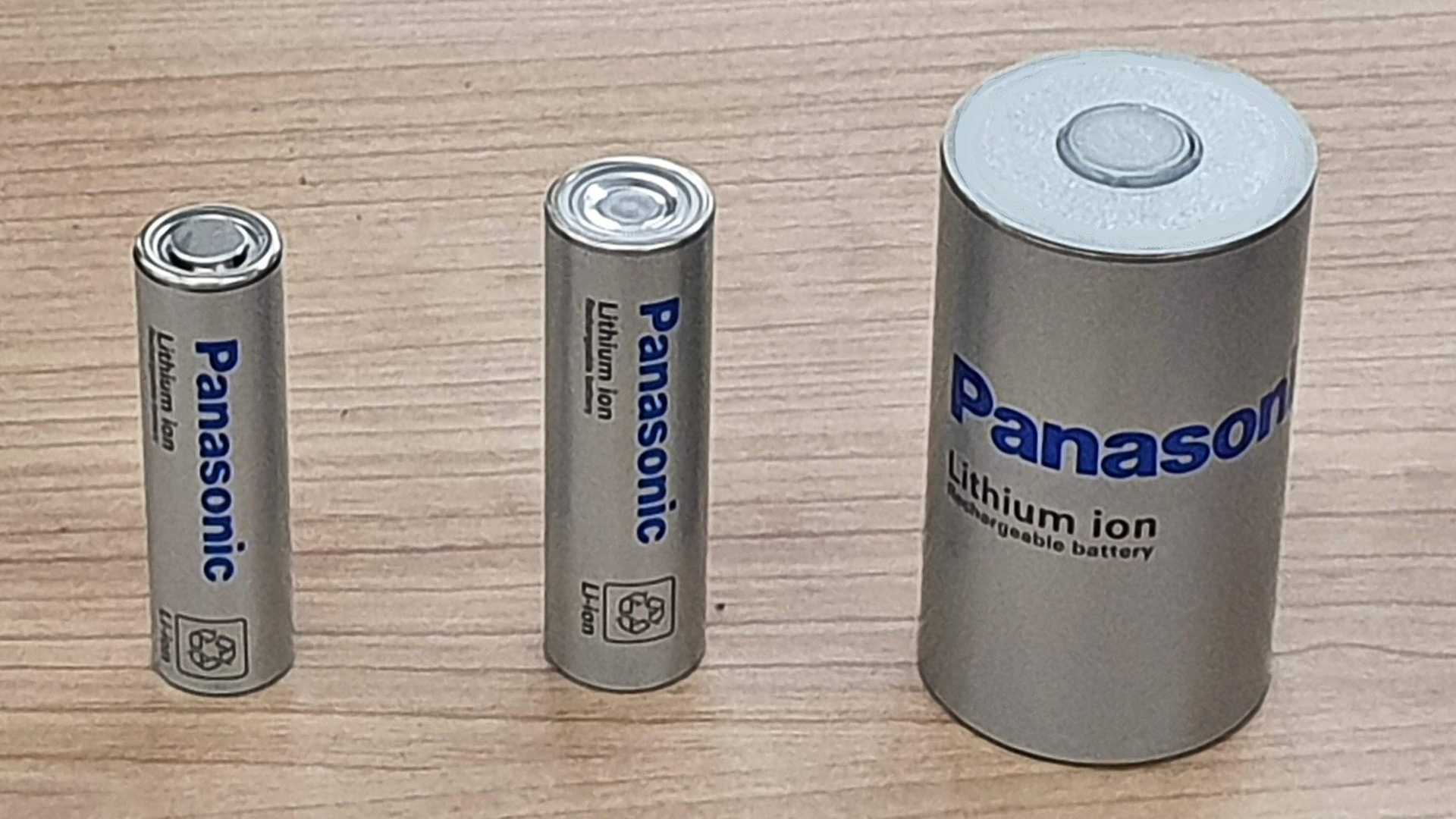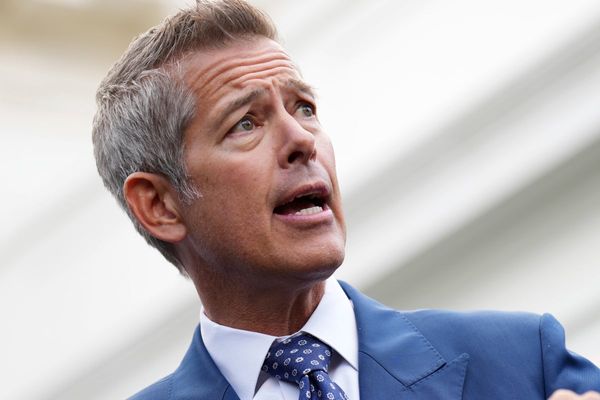
Automotive giant Stellantis and German brand BMW are in talks with Panasonic over the Japanese company’s cylindrical battery technology which has been used successfully in Tesla vehicles for several years.
The news comes via The Wall Street Journal, which writes that Panasonic is in talks with both automakers about the potential construction of electric vehicle battery factories in the United States, quoting people familiar with the talks.
Stellantis, who owns a vast portfolio of brands that includes Chrysler, Ram, Jeep, Alfa Romeo, Lancia, and Peugeot, just to name a few, already announced that it has started building two new North American EV battery plants, but as The Wall Street Journal report states, the auto group is talking to Panasonic about a possible third factory, although the discussions are at an early stage.
Additionally, back in 2022, BMW said its next-generation Neue Klasse EVs, which will go into production starting in 2025, will use cylindrical cells and announced plans for six battery cell factories scattered around the globe, one of which would be built in South Carolina with Chinese-based Envision AESC. However, recent political tensions have made it more difficult for Chinese battery makers to do business in the US, and this is one of the reasons why BMW has turned to Japan-based Panasonic for a possible collaboration.
Traditionally, both Stellantis and BMW have used prismatic battery cells in their EVs, mainly because they’re cheaper to build and ship. However, cylindrical cells have the advantage of being smaller and packing in more power, as well as being seen as relatively safe.
But they’re not perfect from a manufacturing point of view, with increased costs and the potential for more manufacturing defects, as thousands of cells need to be put together to form a big enough pack to power an electric vehicle.
Panasonic manufactured around 7 percent of all the EV batteries deployed last year and it’s working on a more powerful cell known as the 4680, which has the same form factor as the similarly-named Tesla cell. With a diameter of 46 millimeters and a height of 80 millimeters, this new battery type has been touted by Elon Musk as the key to unlocking lower-cost EVs.
As always, we’d like to know what your thoughts are on this, so head over to the comments section below.







